US-Sport
NFL: Third and Long: The NFL has a big problem
Last season could have been an anomaly – but the offense problems and the reasons for the unexpectedly conservative approach may be somewhere else: The NFL has an O-line problem. What are the next steps? What is the NFC team to beat? Which team has the best secondary before next season? And should the Tampa Bay Buccaneers now sign Bridgewater?
You also want to ask questions to the SPOX-NFL column? This goes directly to the author here
Already after Week 1 of last season it was announced: Problems in the league’s offensive lines could become a storyline that runs like a red thread throughout the year – and vice versa, the teams with good lines stand out even more.
The run pass options could be seen as an answer shortly after the start of the season, but even the RPOs were not able to cover up all the problems – and on the other hand they were simply not used as constantly as one might have expected at the start of the season.
Philadelphia (181 RPOs) Kansas City (168) and Green Bay (143) led the league in the regular season in terms of RPO usage. On the other side of the spectrum, however, was Baltimore, who played only eleven run pass options throughout the season. The league average was 63, while at the same time only five teams had less than 500 attempts to pass. Air upwards, then.
This is all the more true because the problems not only persisted, but became even more blatant: According to Football Outsiders, quarterbacks had a pressure rate of 31.6 percent on average last season – the highest level since 2010 – despite the RPOs and despite the fact that for the first time in years the passing game was used less frequently compared to the pre-season. It is an increase of four percent compared to the 2016 season.
Football outsiders’ numbers. Only players with at least 200 pass games are considered.
Not only RPOs and more conservative offenses dominated the picture of the past season – also the short pass offenses are rapidly gaining ground and all quarterbacks throw most of their passes into the space between in front of the Line of Scrimmage and 10 yards behind the Line of Scrimmage.
While in 2016 there were 14 quarterbacks (at least 200 passes) on over 9.5 intended air yards per pass, last season only eight quarterbacks with at least 200 passes reached this value. As I said: Shorter passes and less risk shaped the picture, and yet quarterbacks were on average under more pressure than they have been for years.
Conversely, this raises the question – how could some teams protect their quarterbacks better?
Five of the first six players have one thing in common: Eli Manning and Derek Carr (2.4 seconds to pass / place 1 each), Ben Roethlisberger (2.5/6), Drew Brees (2.51/7) and Joe Flacco (2.52/9) rank in last season’s top 10 when it comes to who got rid of the ball the fastest.
For comparison: Among the top 10 quarterbacks with the most pressures against them, this category is quite different with Tyrod Taylor (3.16/41), Russell Wilson (3.14/40), Deshaun Watson (3.11/39), Brett Hundley (3.01/38), Carson Wentz (2.75/29) or Case Keenum (2.73/27).
Brees is perhaps the most extreme candidate. Not only did he get the ball away seventh fastest, but no quarterback had so many passes that didn’t cross the line of scrimmage (25.6 percent). Not for nothing were the Saints the best screen game team of the past season and not surprisingly, of all quarterbacks since 2007 (at least 600 passes), Brees has thrown by far the highest percentage of passes to his running backs (26.7 percent of his total goals during this period).
Overall, out of the top 10 of the quarterbacks with the lowest pressure rate, only four quarterbacks were in the top 20 at all in terms of average intended air yards (Roethlisberger, Mariota, Siemian and Brady). It should make Steelers and Titans fans feel all the better that Big Ben and Mariota were still playing behind lines that allowed the fewest hurries. Roethlisberger even led the league in percentage passes over 20 yards (15.3 percent of his passes).
Figures from Pro Football Focus. Sack numbers are not total numbers, but the sacks for which the line is responsible.
The figures here also correspond to the tape assessment. The Saints, Eagles and Titans had outstanding lines last season, Oakland and Buffalo also belonged at least in the upper league quarter. All the more serious will be the upheaval for the Bills without Eric Wood, Cordy Glenn and Richie Incognito – for the fans on screen, but also for the Scheme itself.
Conversely, it should come as no surprise that Houston’s offensive line was among the most vulnerable – after all, Watson and Savage were two quarterbacks in the top five of most pressures. The high cowboy numbers can be explained by the injury to Tyron Smith, but also by the departure of Ronald Leary and Doug Free.
In total, twelve teams allowed 180 or more pressures last season. Ten of these twelve teams (Houston/14, Arizona/14, Packers/14, Patriots/15, Broncos/16, Giants/17, Colts/18, Chargers/20, Lions/21, Redskins/27) used at least 14 different O-Line launch formations.
On the other hand, twelve teams allowed a maximum of 153 QB presses – five of them (Falcons/6, Titans/7, Cowboys/8, Raiders/9, Rams/9) remained single-digit in the number of their O-line formations. The NFC Championship Game Teams Philadelphia with 154 approved Pressures in 28 line combinations and Minnesota (154 Pressures, 26 combinations) were two anomalies here – besides the Ravens (138 Pressures, 26 combinations).
All these figures lead me to a conclusion – admittedly: speculative, because it cannot be proven in detail – which could also influence the NFL in 2018 and beyond.
The NFL has a massive offensive line problem, and (among other things) this provides for a more conservative approach of the coaches as well as more restrictions in passing. This has also resulted in more advanced approaches like the RPOs, while only Carson Wentz and Ben Roethlisberger’s teams were out of the top 10 air yard quarterbacks in the playoffs.
Jared Goff, Case Keenum, Blake Bortles, Alex Smith and Drew Brees were not even in the top 20 in this category, protecting the quarterback and using long passes less often than constantly is by no means a sign of a bad team, rather some of the best offenses in the league played like this last season. And I expect this trend to continue.
It is no coincidence that in 2017 the (Adjusted) Net Yards per Pass, the Yards per Reception, the Passing Yards per Game and the First Downs via Pass were at historic lows. Or that teams still run on average in over 50 percent of the cases at first down, despite teams like Kansas City and Houston being keen to experiment, despite the absolute dominance of the short pass game, despite strong screen pass packages for several teams.
Or that the Jaguars were attacking the run game with a defense in the title window and set the shared high since 2014 (Houston – 34.4) in terms of runs per game in the pre-season (32.9). Teams went back to the run game last season, or they use quick screens and other short passes as another, more efficient form of the run game.
At the same time, defenses are becoming more aggressive and versatile. The more flexible, usually more athletic and explosive formation with five defensive backs has long been the standard, while only five teams (Bengals, Jaguars, Eagles, Seahawks, Chargers) in the league as a whole were flashing in less than 20 percent of the cases on opposing first-down passing moves.
Under it: With Jacksonville, the Eagles and the Seahawks three dominant D-Lines, the Chargers have the best edge-rush duo of the NFL and the Bengals in Geno Atkins one of the most dominant defensive tackles. (The latter did not stop the rams from flashing at 37 percent of the first-down passes despite Aaron Donald). In third down passes, Tampa Bay was the only team in the league with a lightning rate of less than 20 percent – and the Bucs had the toothless pass rush of the entire NFL.
The line problems in the NFL have been blatant for several years, and they seem to be getting worse. This year’s free agency market as well as the draft offer, at least for offensive tackles, was remarkably meagre, the supply from college in general has been extremely thin for several years – especially in comparison to other positions.
Former Cardinals coach Bruce Arians pointed this out almost two and a half years ago: “If you take an offensive lineman today, they haven’t played a 3-point stance since high school. You have to teach them that, just like run-blocking. We’re talking about the basics you have to teach these players. This was not the case before. No question, they are great athletes and in this respect the players are much, much better. But the basics are worse than ever.”
We are living in a phase in which the NFL is extremely influenced by college football, and not the other way around. To a certain extent this makes sense, since the NFL has to work with the player material it gets from college.
Especially with the quarterbacks you can see the consequences: on the one hand, quarterbacks often need a lot of time before they gain a foothold in the NFL. On the other hand, the NFL game has converged noticeably with the shotgun formations or spread offenses over the past few years.
It will be exciting to see how the NFL adapts to the O-Line problems. Defenses will attack the often fragile lines even more aggressively in the future and teams could sooner or later be forced to adopt even more college elements. At the same time, the value of good O-Liners increases immensely, as does the advantage of teams with a stable line. In any case, it is a development that could have a lasting impact on the game – and which must be kept in mind accordingly.
Page 1: The offensive line crisis and how to proceed
Page 2: Packers, best secondary, schemes, playoff candidates – your questions


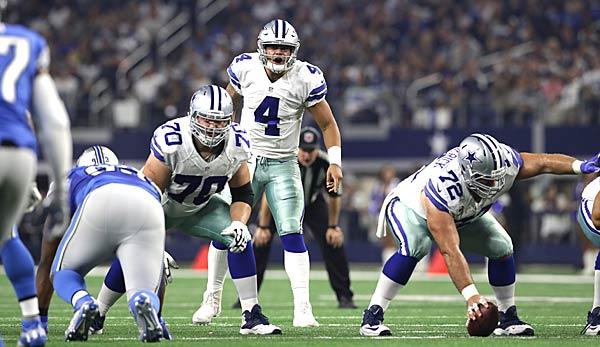

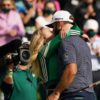
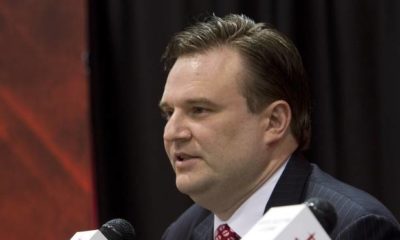

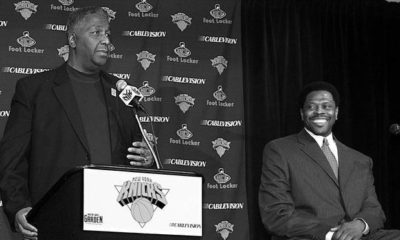
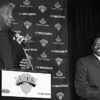


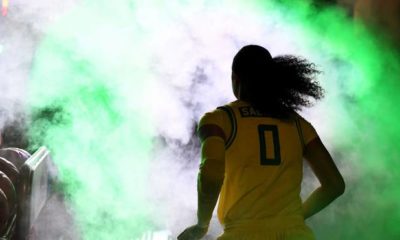
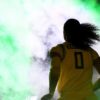



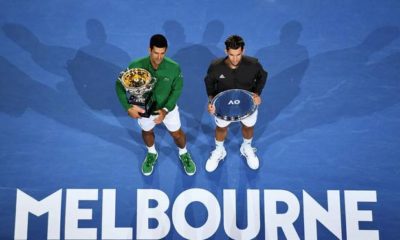

You must be logged in to post a comment Login